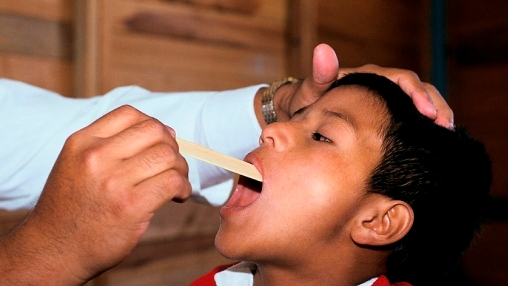Sandra Ayala Reyes, 18, is a domestic worker in Mexico City. If she gets sick, she says she cannot afford to pay a doctor to see her.
One day, Sandra tells us, she felt dizzy and nauseated. She went to a clinic and asked for the “Seguro Popular” or Popular Health insurance. Doctors examined her, undertook blood tests and gave her a treatment, for free. She is fine now.
That would have been more difficult over ten years ago. In 2003, a revision of the General Health Law created the Popular Health insurance, designed for all those who are not insured otherwise.
Before, the uninsured didn´t have a special assigned health package to them, services would depend on the local budget and the availability of personnel.
“I feel safe”
“I feel safe,” says Sandra, “because I know that anytime I have access to specialists for my health.”
The program covers now more than 52 million people, includes over 250 types of medical procedures and over 500 pharmaceutical products. On top of that, almost 60 complex interventions are offered to affiliates, in case it is needed – this covers, for example, HIV antiretroviral treatments.

